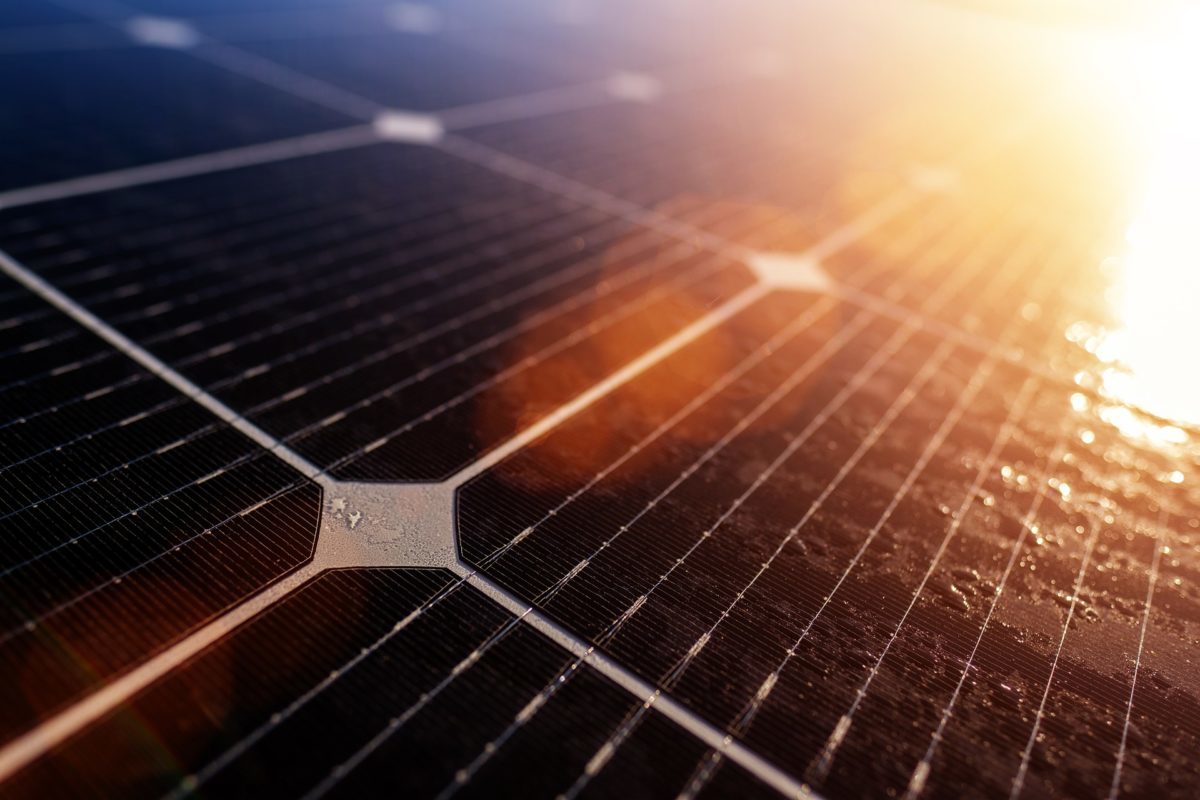From pv magazine International
Researchers at China’s Hebei University of Technology have developed a luminescent ethylene-vinyl acetate (EVA) copolymer film that is said to have the potential to raise the efficiency of conventional polycrystalline solar cells by around 0.50%.
The scientists confirmed that the pure film has a high thermal stability, which was demonstrated under light-soaking test for 500 hours, with no luminescence degradation observed.
The EVA film is based on Europium3+, which is a monoatomic trication, and elemental europium able to convert UV light into strong visible light, as a down-shift material. Each Europium3+ atom is linked to four ligands, which also carry favorable light-harvesting abilities, and one hexadecyltrimethylammonium ion.
Efficiency increase by 0.51%
The new copolymer film, described by the formula Eu(ND)4CTAC/EVA, was used for the coating of large area polycrystalline silicon solar cells with an active area of 110 cm².
“A series of luminescent films with varying complex concentrations have been compared and studied in photovoltaic characterization,” the research team wrote. “The results show that in the best case, the conversion efficiency of poly-crystalline silicon solar cells increases from 15.06% to 15.57% by using the luminescent film.”
High photostability
The scientists further explained that the new luminescent film also showed excellent photostability during the experiment. According to their findings, the device maintained its luminescence intensity unchanged even under continuous UV radiation at 30°C for 500 hours. “The realization of employing stable Eu(ND)4CTAC/EVA film as a medium to enhance the PCE of Si-based solar cells demonstrated here makes it attractive for [the] photovoltaic industry,” they also affirmed.
The results of the research are presented in the paper Photovoltaic efficiency enhancement of polycrystalline silicon solar cells by a highly stable luminescent film, published in Science China Materials.
This content is protected by copyright and may not be reused. If you want to cooperate with us and would like to reuse some of our content, please contact: editors@pv-magazine.com.









By submitting this form you agree to pv magazine using your data for the purposes of publishing your comment.
Your personal data will only be disclosed or otherwise transmitted to third parties for the purposes of spam filtering or if this is necessary for technical maintenance of the website. Any other transfer to third parties will not take place unless this is justified on the basis of applicable data protection regulations or if pv magazine is legally obliged to do so.
You may revoke this consent at any time with effect for the future, in which case your personal data will be deleted immediately. Otherwise, your data will be deleted if pv magazine has processed your request or the purpose of data storage is fulfilled.
Further information on data privacy can be found in our Data Protection Policy.